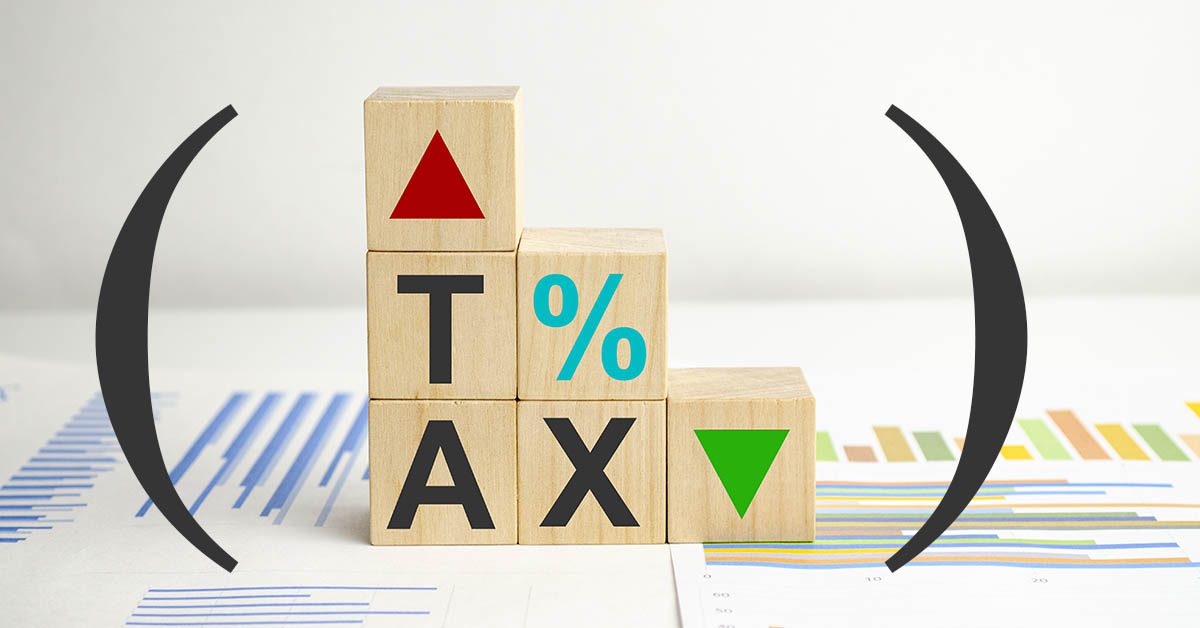Tax season can be a confusing and stressful time for many people, but staying up to date with the latest tax news can make the process a little easier.
If you are working in Australia during the 2022-23 financial year, this blog will give you an insight into the amount of tax you will need to pay. We will cover an overview of tax, the Medicare levy, and the different types of tax brackets in Australia. You’ll be able to find the tax bracket suited to you depending on whether you are looking for;
- Resident tax rate
- Non-resident tax rates
- Working Holiday tax rates
Tax overview
In Australia, individuals and businesses pay taxes to the government, which are then used to fund public goods and services such as education, infrastructure, and national defence.
While tax rates and laws can change from year to year, the 2022-23 tax brackets remain unchanged from the previous year.
This means individuals can expect to pay the same amount of tax for the current financial year as they did in the previous year if they are earning the same amount.
What is the Medicare levy?
The Medicare levy is a levy that is imposed by the Australian government. This is used in part to fund the country’s public healthcare system, called Medicare.
Currently, the Medicare levy is set at 2% of an individual’s income, with the money being used to help relieve costs associated with medical services in Australia.
Example: Jane earns $50,000 for the financial year. Jane will be required to pay $1,000 ($50,000 x 2%) for the Medicare levy over and above her income tax bracket rates.
Resident tax rates
What is a resident?
A resident for tax purposes is someone that resides in Australia, has a permanent home, and they’re in Australia for more than half of the income year.
Resident tax rates for 2023 are set out below.
| Taxable income | Tax on this income |
| 0 – $18,200 | Nil |
| $18,201 – $45,000 | 19 cents for each $1 over $18,200 |
| $45,001 – $120,000 | $5,092 plus 32.5 cents for each $1 over $45,000 |
| $120,001 – $180,000 | $29,467 plus 37 cents for each $1 over $120,000 |
| $180,001 and over | $51,667 plus 45 cents for each $1 over $180,000 |
Example: Jessica is a resident that earns $75,000 per year. Jessica will be required to pay $5,092 and 32.5c for every $1 over $45,000.
Jessica earns $30,000 ($75,000 – $45,000) over $45,000 so she is required to pay $9,750 ($30,000 x 32.5 cents).
By adding the $9,750 and $5,092, we get Jessica’s income tax payable of $14,842 for the year.
Including the Medicare levy of 2% ($75,000 x 2% = $1,500), Jessica has a total tax payable of $16,342.
Foreign residents tax rates
What is a foreign resident?
A foreign resident is a person that is not a tax resident. Essentially, it is everyone that is not considered a resident for tax purposes, as described above.
The Non-resident tax rates 2023 are set out below.
| Taxable income | Tax on this income |
| 0 – $120,000 | 32.5 cents for each $1 |
| $120,001 – $180,000 | $39,000 plus 37 cents for each $1 over $120,000 |
| $180,001 and over | $61,200 plus 45 cents for each $1 over $180,000 |
Example: David is a foreign resident and earns $75,000 in Australia. David is required to pay 32.5 cents for each $1.
$75,000 x 32.5 cents = $24,375
As foreign residents are exempt from paying the Medicare levy, David’s total tax payable is $24,375.
Working Holiday Makers (WHM)
What is a Working Holiday Maker?
The Australian government has a program where young adults can visit Australia for a 12-month holiday, in which they work for a short period of the trip. People working under these conditions are considered Working Holiday Makers.
The working holiday maker tax rates 2023 are set out below.
| Taxable income | Tax on this income |
| 0 – $45,000 | 15% |
| $45,001 – $120,000 | $6,750 plus 32.5 cents for each $1 over $45,000 |
| $120,001 – $180,000 | $31,125 plus 37 cents for each $1 over $120,000 |
| $180,001 and over | $53,325 plus 45 cents for each $1 over $180,000 |
Example: John is a working holiday maker, and he earns $75,000 while he is in Australia. John is required to pay $6,750 plus 32.5 cents for each $1 over $45,000.
David earns $30,000 over $45,000 ($75,000 – $45,000), so he is required to pay $9,750 ($30,000 x 32.5 cents)
By adding $6,750 and $9,750, David has an income tax payable of $16,500.
As Working holiday makers are not required to pay the Medicare levy, John has a total tax payable of $16,500.
Calculate your own tax!
If you would like to quickly calculate your own taxes, without the hassle of calculating them yourself, why not use our online tax calculator? https://oneclicklife.com.au/tax-calculator/?eofy=2022
One Click Life Tax can help you!
Dealing with an online tax adviser is the simplest method to maximise your tax return. Why wouldn’t you use one if you could claim your online tax return fee while maximising your tax deduction?
One Click Life is a user-friendly website operated by local professionals that provides online tax returns at your fingertips.
Taxes, Mortgages, Wills, and Health insurance. Our app makes it easy to organise, track and manage all your life admin in a single place. Let One Click Life handle your Tax Return, Health Insurance, Mortgage, and Will, so you can spend more time doing the things you enjoy.


2 thoughts on “2023 Tax Brackets”
Comments are closed.